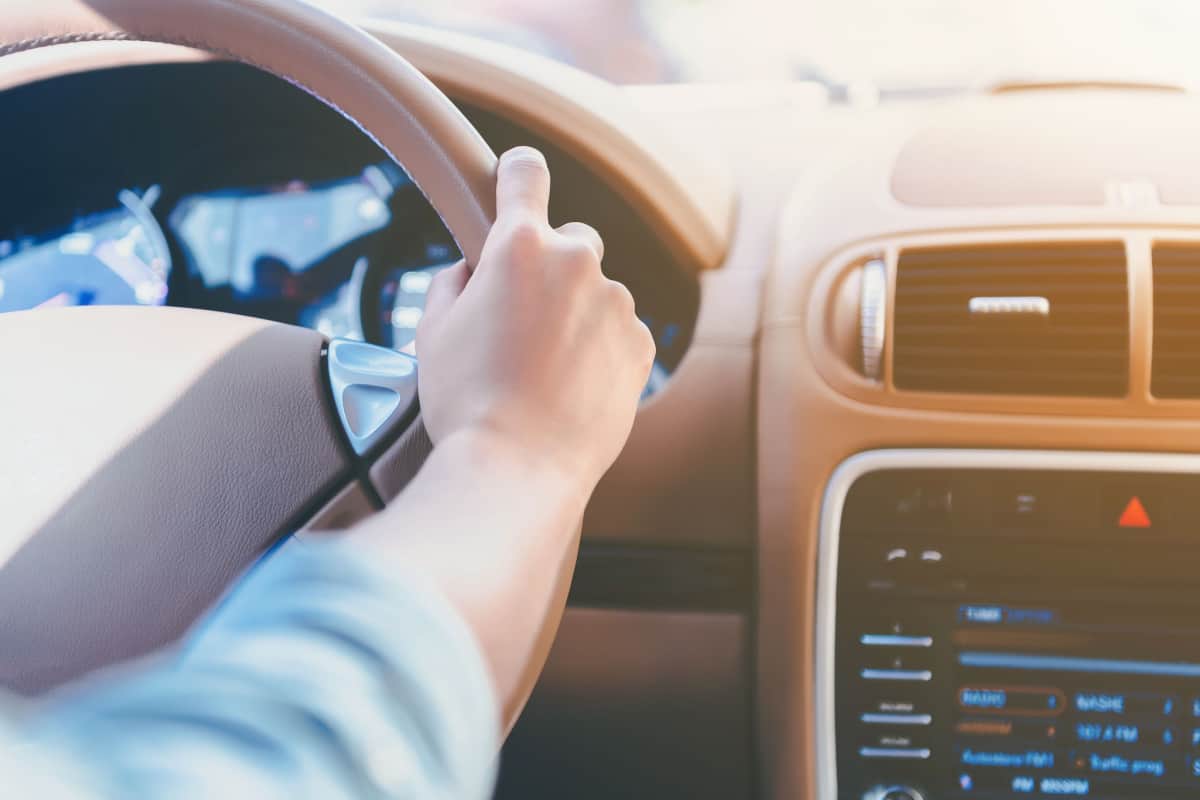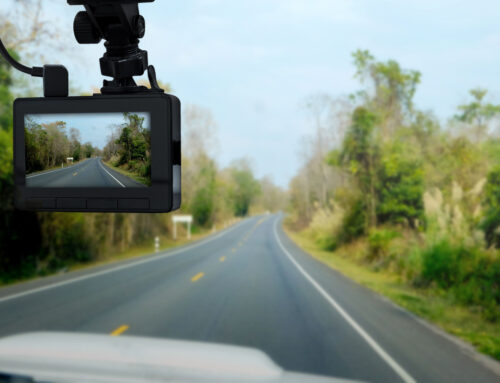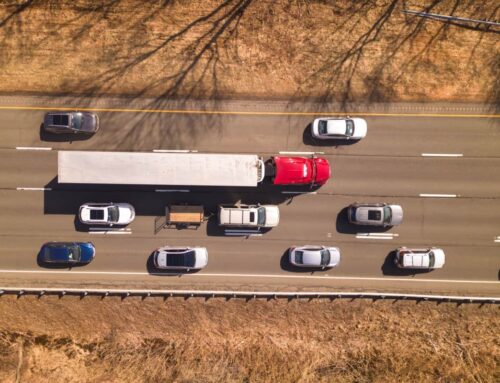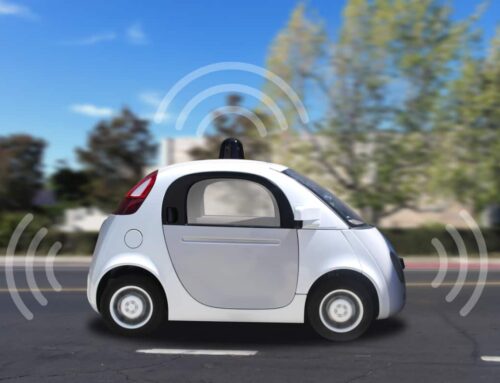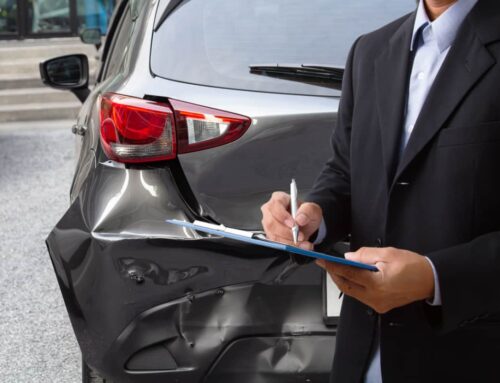Having a teen driver in the household is not for the faint of heart for parents. And for a good reason. Younger drivers, which the Louisiana Highway Safety Commission (LHSC) considers those ages 15 to 24, are riddled with risks, including immaturity and experience behind the wheel, tendency to speed and not wear a seat belt, and alcohol use.
During 2020 in Louisiana, the LHSC reports there were 95 fatal crashes that involved drivers 15 to 20 years old and 83 fatal crashes for drivers 21 to 24 years old. As far as injury crashes, there were 8,287 for drivers 15 to 20 years old and 7,594 for drivers 21 to 24 years old.
If that is not enough here in the state, car crashes are the No. 1 killer of teens across the country, with the fatal crash rate (per mile driven) for 16- and 17-year-olds almost three times the rate for those drivers over 20. Because of this nationwide problem and the increase in teen fatalities in car accidents, the National Highway Traffic Safety Administration (NHTSA) designated October 21-27 Teen Driver Safety Week.
As one of the most accident-prone cities in the United States, New Orleans is especially a concern for parents of teen drivers. What are some tools parents can use to protect, educate, and track their teen drivers?
What are Some of the Best Apps to Protect Teen Drivers?
One of the ways parents can protect their teen drivers is by downloading a few of these top-rated apps on their devices:
Life360
This is one of the most popular teen driver tracking apps that has a free and paid version. Upgrade and pay to be able to monitor their speed, risky behavior, and any hard braking or acceleration. Parents can also have access to location sharing and crash detection to be the first to know if their teen was in an accident.
DriveSmart
This app allows teen drivers to set their phone to drive mode, so any incoming calls are sent to voicemail, and texts are muted with an automatic response. Parents will be able to detect if their teen is in a moving vehicle to automatically start the app. Again, this app has free, basic, and add-on versions.
DriveScribe
Also known as “Safe Driving Coach,” DriveScribe is free and designed to monitor teen driving and reward them for safe driving with a score after each driving trip. These points are accumulated and can be redeemed through Amazon or other gift cards.
Road Ready
The Road Ready driving monitor app, part of the Parent’s Supervised Driving Program, provides parents and teens with a convenient way to track the driving time required by the state. With a click of a button, parents can track their teen’s driving experiences behind the wheel. The app will also give tips on safe driving.
How Can Graduated Licensing Programs Protect Teen Drivers?
Most states offer Graduated Licensing Programs (GDL), which phase in teens’ driving privileges – usually until they are 18 years old – by setting strict driving rules and certain levels of driver education.
A study done by the AAA Foundation for Traffic Safety revealed that 6 out of 10 teen accidents are caused by some sort of driver distraction, such as using cell phones, talking with passengers, and singing to music. Research has shown, however, that GDL laws have significantly reduced teen fatalities because of their:
- Age requirements
- A waiting period of at least three months before passing the intermediate level
- A restriction on nighttime driving
- 30 or more hours of supervised driving
- A restriction on how many passengers are permitted in the car, and the ages of those passengers
What Can Parents Do to Protect Teen Drivers?
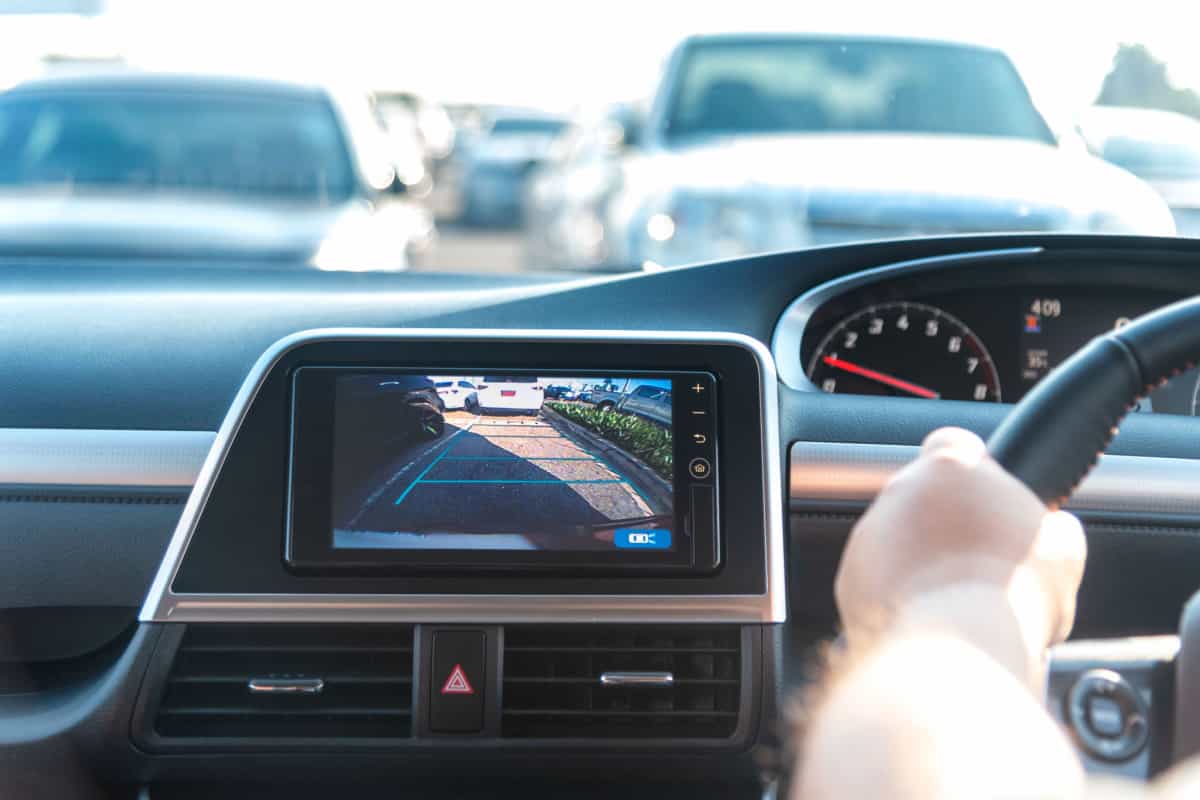
Parents in Louisiana can actually protect their teen drivers by simply leading by example from behind the wheel. They are still watching and learning how their parents behave, after all, so be sure to follow these safe driving habits, whether driving or not, such as:
- Putting down the phone. Avoid making or taking calls while driving.
- Buckling up. This should be one of the first things parents do when getting behind the wheel. Teens have some of the lowest rates in seat belt buckling in many states.
- Do not speed. Make it a point to drive slower than normal because speeding factored into nearly one-third of car accident fatalities in 2016.
- Do not drink and drive. This is an especially critical example for teens after having a glass of wine at a dinner party. Let them know how important it is to have a designated driver.
How Do Safety Features in Vehicles Protect Teen Drivers?
Some auto brands have designed teen-focused safety features into their vehicles to allow parents to set restrictions and monitor their teen’s behavior while driving.
Ford’s MyKey
This teen-focused system chimes every 30 seconds until the driver and front passenger buckles their seatbelt. Several other MyKey features include blocking explicit content on satellite radio or the ability to deactivate safety systems and activating an earlier low-fuel warning.
General Motors’ Teen Driver Mode
Parents can program certain restrictions for their teen driver, such as setting a maximum speed limit and enabling other safety features, such as reports on whether or not safety functions were used, the distance that was driven, and the top speed driven. The Teen Driver Mode also has a seatbelt notification that mutes the vehicle’s audio system until the driver and front passenger buckle their seatbelts.
Chevrolet’s Buckle to Drive Feature
The 2020 Chevrolet Colorado, Malibu, and Traverse have a Buckle to Drive Feature built into the models that will not shift out of park for 20 seconds if the driver’s seatbelt is not buckled. The feature also includes a warning on the dashboard that says, “Buckle seat belt to shift.”
Hyundai, Kia, Lexus, and Toyota
These automakers also offer systems that notify the parent when the car has been driven too fast or too far out of a certain area.
Call Allan Berger & Associates today at 504-526-2222 or contact us online to set up a free consultation. We’ll talk to you about your options and help you proceed in order to get the best possible results.



